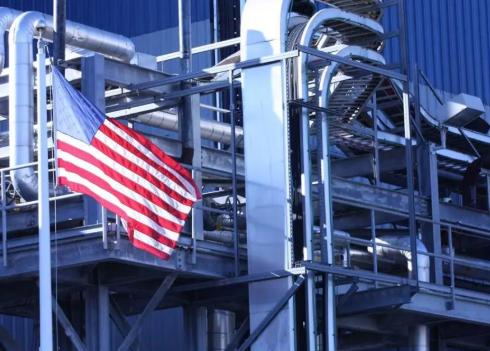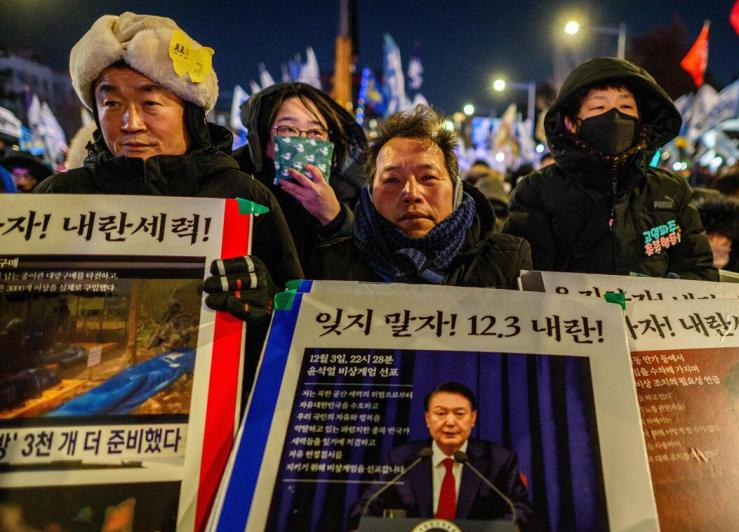
On November 13th local time, according to data released by S&P Global Market Intelligence, as of the end of October this year, the number of large US companies filing for bankruptcy reached 655, which is nearly the same as the 687 filings for the entire year of 2024. The total number of bankruptcies for the year is likely to reach a 15-year high. In October alone, 68 new bankruptcies were filed, slightly higher than the revised figure of 66 in September, while the 76 bankruptcies in August remained the highest single-month figure since 2020. According to S&P's statistics, there were 98 bankruptcies in the industrial sector this year, which was the most concentrated area, followed by the discretionary consumption sector with 80 bankruptcies. The bankruptcy list for October also included the real estate investment trust company OPI with a debt scale of over $1 billion.
From a trend perspective, the number of corporate bankruptcies has been increasing year by year since 2022, precisely corresponding to the rise in financing costs after the Federal Reserve's interest rate hike cycle. This trend also brings complex and multi-faceted impacts on various economic sectors. One is the impact on employment and the consumer market. In the bankruptcy wave in the first quarter of 2025, the closures of well-known companies such as Forever 21 and 23andMe led to the loss of jobs for a large number of employees, exacerbating the pressure on the job market. Corporate bankruptcies directly led to the unemployment of a large number of employees, causing the unemployment rate to rise. The bankruptcy wave may also affect the confidence of consumers and job seekers, leading to further slowdowns in consumption and investment, forming a vicious cycle. Unemployment and income decline led to a weakening of consumer purchasing power, with non-essential and high-end consumer goods expenditures being the first to be affected. The number of bankruptcies in the discretionary consumption sector (such as retail and catering) soared, reflecting the weak consumer spending. The bankruptcy wave may trigger concerns among consumers about the economic outlook, further suppressing consumption intentions, forming a negative feedback loop of "bankruptcy - decline in consumption - more bankruptcies".
The second impact is on the economic sector. As the world's largest economy, the slowdown of the US economy may drag down global economic growth. If the US economy further slows down, the decline in global demand may drag down export-oriented economies, such as Japan and Germany. The bankruptcy wave may drag down overall economic growth through channels such as consumption, investment, and employment. After the surge in the number of bankruptcies in the first quarter of 2025, concerns about an economic recession in the US have intensified. If the bankruptcy wave spreads to more industries or financial institutions, it may trigger systemic risks and even trigger a financial crisis. For example, before the 2008 financial crisis, the bankruptcy wave was one of the important warning signals. The Trump administration's high tariff policy pushed up the operating costs of enterprises, leading to a slowdown in global trade activities. US bankruptcies may affect the global supply chain, especially those countries and regions that have close trade ties with US enterprises. The potential strengthening of the US dollar may pose a challenge to emerging markets. The DXY index (US Dollar Index) recently formed a bullish inverted shoulder pattern, and if it breaks through the key level, it may further squeeze the currency and asset prices of emerging markets.
The third impact is on the financial market. The assets of bankrupt companies are frozen or disposed of at low prices, resulting in a reduction in tradable assets in the market, insufficient liquidity, and an increase in credit market risk premiums due to corporate bankruptcies. Financial institutions tighten financing conditions, especially for highly leveraged and low credit-rated enterprises. For example, the bankruptcy of Tricolor Holdings led JPMorgan Chase to write off approximately $170 million in risk exposure, triggering concerns about the quality of financial institutions' assets. The bankruptcy wave may trigger pessimistic expectations among investors about the economic outlook, leading to increased selling pressure in the stock market. Especially in industries with a concentration of bankruptcies, their stock performance may drag down the overall market. The intensification of the bankruptcy wave has exacerbated the pessimistic expectations of the market regarding the economic outlook, leading to a decline in investors' risk appetite and a shift of funds from high-risk assets to safe-haven assets.
The number of bankruptcies of large enterprises in the United States is approaching a 15-year high, and this phenomenon has triggered a chain reaction in the global economy. Policy makers need to seek a balance between promoting growth and controlling risks, while enterprises and investors also need to be vigilant about potential risks and make adequate preparations for the challenges during the economic transition period.

South Korean prosecutors have once again filed charges against former President Yoon Suk Yeol on suspicion of perjury.
South Korean prosecutors have once again filed charges agai…
South Africa has announced that it will not attend the G20 …
German media, citing a confidential phone call record, repo…
After the elected representatives of Israel and Lebanon hel…
US President Trump still mocks his predecessor Joe Biden as…
At the beginning of December 2025, the US federal governmen…